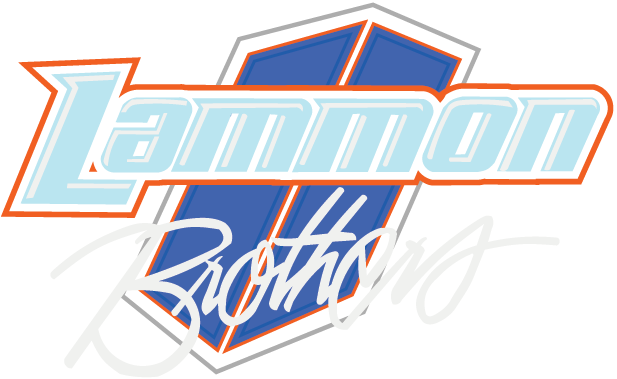Toledo, Ohio: A Historical and Modern Overview
Toledo, Ohio, situated on the western end of Lake Erie, stands as a testament to American ingenuity, resilience, and the pursuit of progress. As an important hub during the early days of the American railway system and the glass-manufacturing capital of the United States, Toledo‘s contributions to American history are significant. This essay will provide a comprehensive look at the city’s history, neighborhoods, notable attractions, and statistical data.
A Brief History of Toledo
- Early Beginnings: Before European settlers arrived, the area was inhabited by various Native American tribes for thousands of years. The name “Toledo” might have been derived from the city of Toledo in Spain, though its exact origin remains a mystery.
- War and Settlement: The Toledo War, an almost bloodless boundary dispute between Ohio and the Michigan Territory, was fought in 1835. As a result of the compromise, Michigan received the western part of the Upper Peninsula, and Ohio secured its claim on Toledo.
- Industrial Boom: By the late 19th and early 20th centuries, Toledo became known as the “Glass City” because of its rapid growth in the glass manufacturing industry. The city was also pivotal in the automobile and transportation sectors.
- Modern Era: Toledo’s economy diversified over the years. While the glass and auto industries are still significant, healthcare, education, and technology have also become crucial sectors.
Neighborhoods in Toledo
| Neighborhood | Notable Features |
|---|---|
| Old West End | Historic homes, the Toledo Museum of Art, and beautifully preserved 19th-century architecture. |
| Downtown Toledo | The heart of the city, featuring business hubs, entertainment areas, and the revitalized waterfront. |
| Point Place | Situated on a peninsula between the Ottawa River and Maumee Bay, known for its scenic views and marinas. |
| Five Points | A bustling area with shopping centers, restaurants, and community events. |
| Reynolds Corners | A mix of residential homes and commercial establishments, with a rich community vibe. |
Notable Attractions
- Toledo Museum of Art: Home to over 30,000 works of art, this museum ranks among America’s finest. Its Glass Pavilion showcases Toledo’s rich glass-making heritage.
- Toledo Zoo & Aquarium: Opened in 1900, it’s one of the most comprehensive zoos in the U.S., boasting over 10,000 animals from 720 species.
- Toledo Botanical Garden: This oasis offers visitors a chance to explore various garden collections, artistic installations, and seasonal events.
- The National Museum of the Great Lakes: A homage to Toledo’s maritime heritage, this museum details the history of the Great Lakes and the vessels that navigated them.
Statistical Data
- Population: As of the last census, Toledo is home to approximately 270,000 residents.
- Education: Toledo is served by the Toledo Public School District, along with several private institutions. It’s also home to the University of Toledo, which offers various undergraduate, graduate, and professional programs.
- Economy: While manufacturing remains a cornerstone, sectors like healthcare, education, and technology are rapidly growing. The median household income in Toledo is around $35,000, while the unemployment rate sits slightly above the national average.
Conclusion
Toledo, Ohio is a city rich in history and culture. From its early days as a disputed territory to its rise as the Glass City, Toledo has always been at the forefront of American innovation. Its diverse neighborhoods each offer a unique slice of life, and its attractions showcase the best of the city’s heritage and future. Whether you’re a history buff, an art enthusiast, or someone looking for a vibrant community, Toledo has something for everyone.
